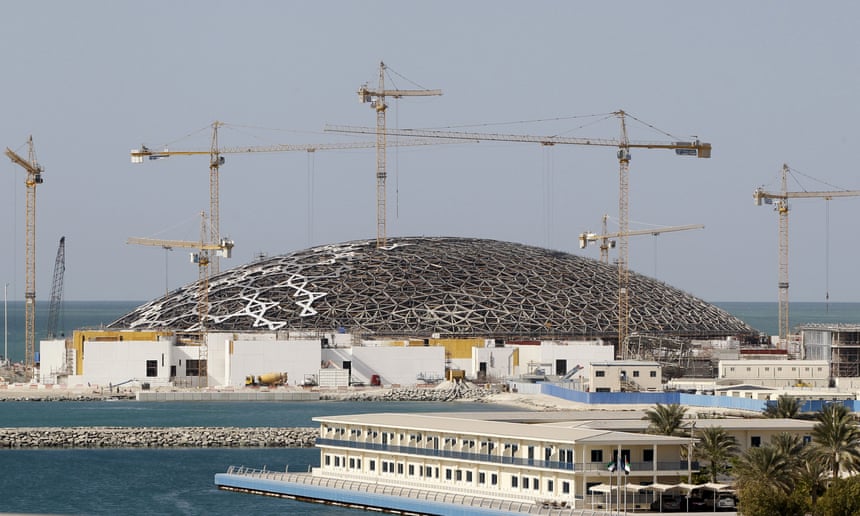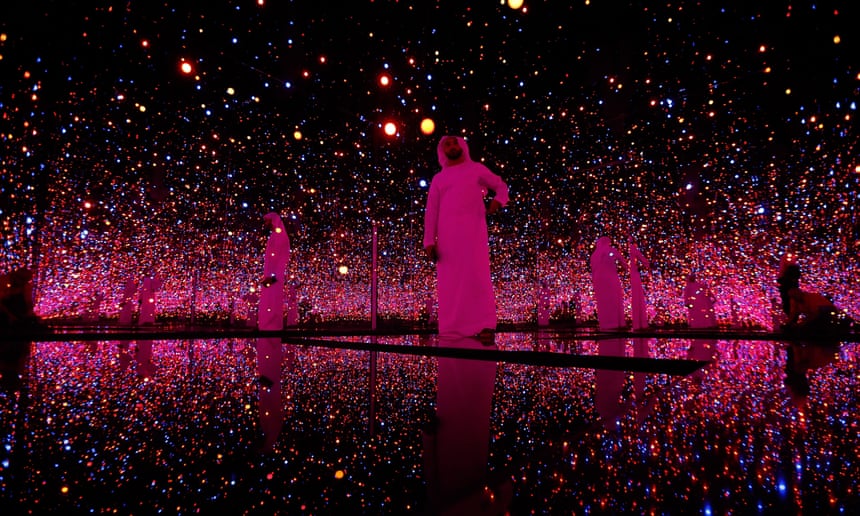Ever since I went to the United Arab Emirates a few years ago I cannot seem to get enough of this ongoing story. It is a baffling place, full of extreme contradictions.
"Saadiyat Island is unquestionably a vanity project – aspiration inflated to monumental proportion" an analysis of the project's ambitions in the Guardian.
Even if the project can seem cloyingly contrived – “saadiyat” is the Arabic word for happiness – there is a tectonic logic to the expansion of museums outside Europe and North America. Despite recent misfortunes in emerging markets and the collapsing price of oil, the west’s monopoly on power and wealth is eroding inexorably. Other institutions, in other places, are bound to reshape the international art world: Hong Kong has already established itself as a key player in the Asian art market, while new museums from Brazil to Russia to Singapore have positioned themselves in a thriving global network of arts institutions, almost all of them devoted to art since 1945.
But why, specifically, have the Louvre and Guggenheim landed in Abu Dhabi? Who are the Guggenheim and Louvre actually for? Who will benefit from Saadiyat Island? Critics of the UAE’s poor treatment of migrant labourers argue that these museums conceal the repressive conditions of their construction. In this view, Saadiyat Island is a shop window for a society that does not exist. Can culture cross borders as easily – and with the same impunity – as capital? Saadiyat Island proposes that global museums are like fibre cables, functional infrastructure that can spread over physical geography heedless of human geography.


